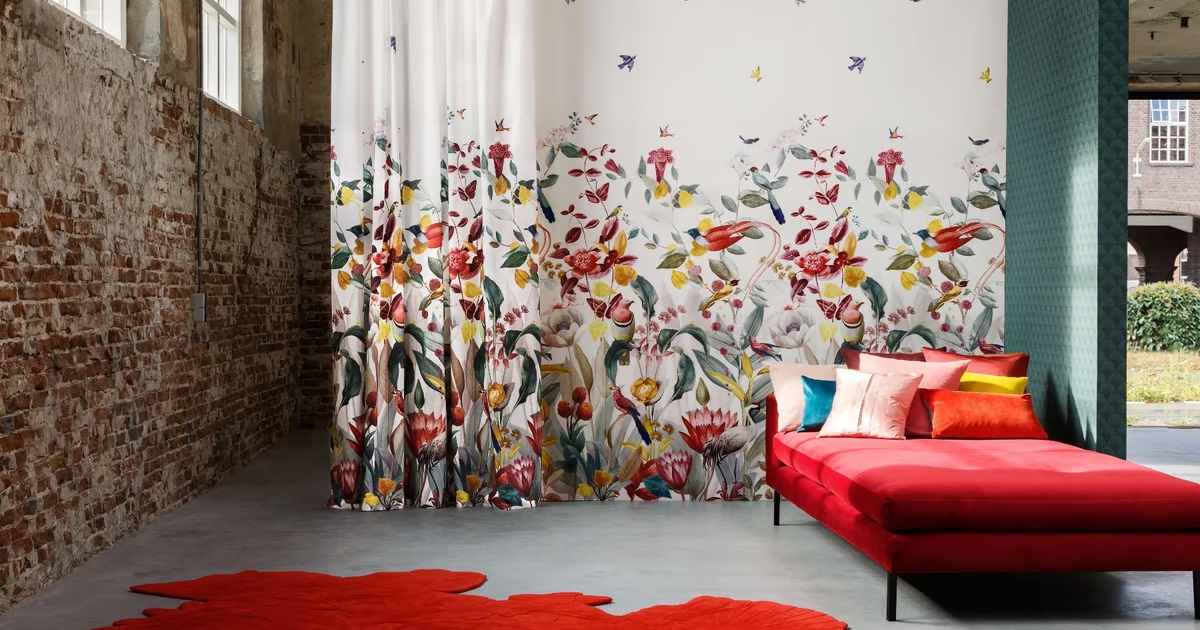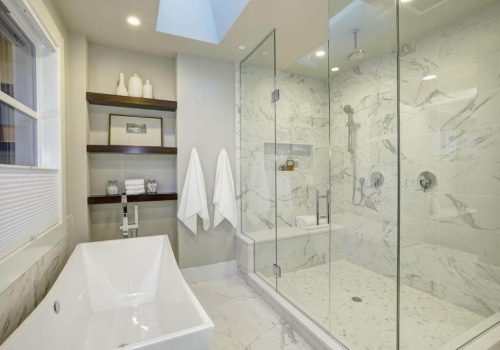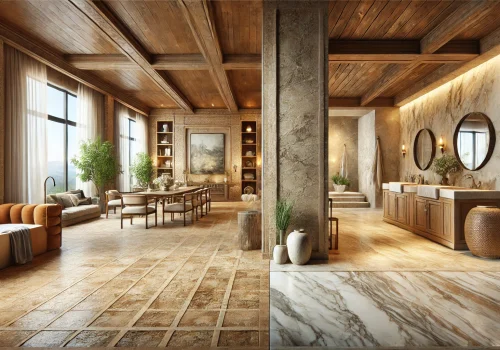The Evolution of Wallpaper: From Ancient Times to Modern Trends
Wallpaper has adorned the interiors of our homes for centuries, evolving from simple wall coverings to a vital component of modern interior design. This transformation traces a rich history filled with art, innovation, and the changing tastes of society. Let’s explore how wallpaper has progressed from its humble beginnings to the diverse range of styles we see today.
Origins in the Ancient World
The earliest forms of wallpaper can be traced back to ancient China, where rice paper was hand-painted with exquisite scenes from nature and mythology. These decorative sheets were used to enhance the interiors of palaces and homes of the aristocracy. As papermaking techniques spread across Asia and into the Middle East, the use of paper for wall decoration gradually became more prevalent.
The Renaissance Influence
During the Renaissance, Europe began to embrace wallpaper, although it was a luxury item made by hand and available only to the wealthy. Early European wallpapers featured motifs inspired by tapestries and were primarily used to simulate more expensive wall hangings. It was during this period that block printing began to be used, allowing for more detailed and consistent patterns.
Industrial Revolution: Mass Production Begins
The Industrial Revolution marked a significant turning point for wallpaper. The invention of the steam-powered printing press and the development of machine-made paper made it possible to mass-produce wallpaper, significantly reducing costs and making it accessible to a wider audience. This period also saw the emergence of wallpaper designers like William Morris, whose intricate patterns and natural motifs became iconic of the bold Arts and Crafts movement.
The 20th Century: Innovation and Expansion
In the 20th century, wallpaper continued to evolve with technological advancements. The introduction of vinyl wallpapers offered enhanced durability and water resistance, making them suitable for use in kitchens and bathrooms. The mid-century saw a boom in bold, geometric prints and bright colours, reflecting the optimistic spirit of the post-war era.
Modern Trends and Digital Printing
Today, wallpaper is experiencing a resurgence in popularity, thanks to digital printing technology that allows for unlimited colour and design possibilities. Contemporary wallpapers can mimic a variety of textures such as wood, stone, and fabric, giving homeowners the flexibility to create unique, personalised spaces. Eco-friendly wallpapers, made from sustainable materials and using environmentally friendly inks, are increasingly in demand as consumers become more conscious of their environmental impact.
Conclusion
The evolution of wallpaper is a testament to human creativity and our ongoing desire to beautify our living spaces. From ancient hand-painted papers to modern digital prints, wallpaper has adapted to the needs and tastes of each era while continuing to hold a revered place in home decor. As we move forward, the future of wallpaper looks bright, with innovations that promise even greater personalisation and sustainability.



